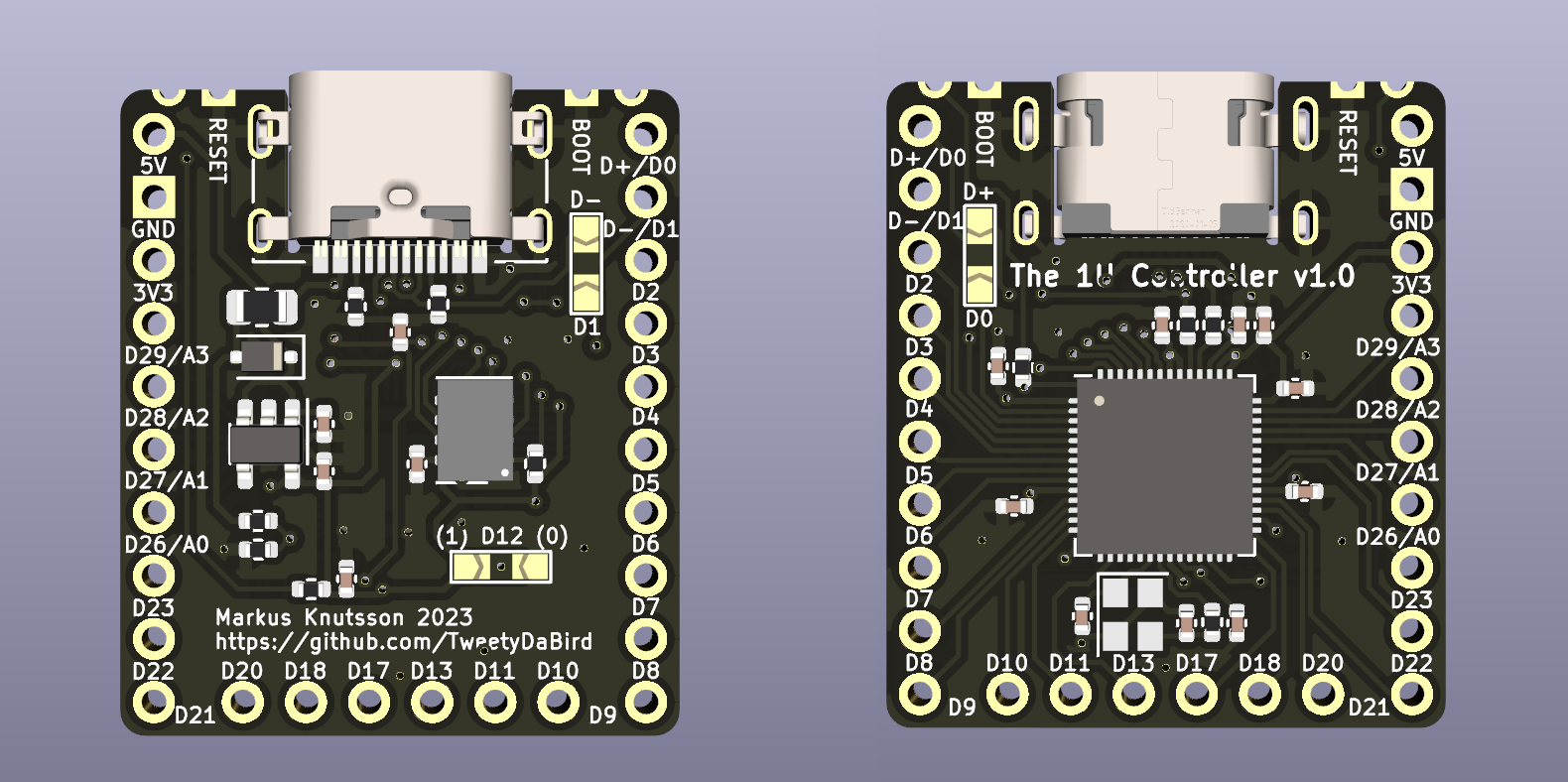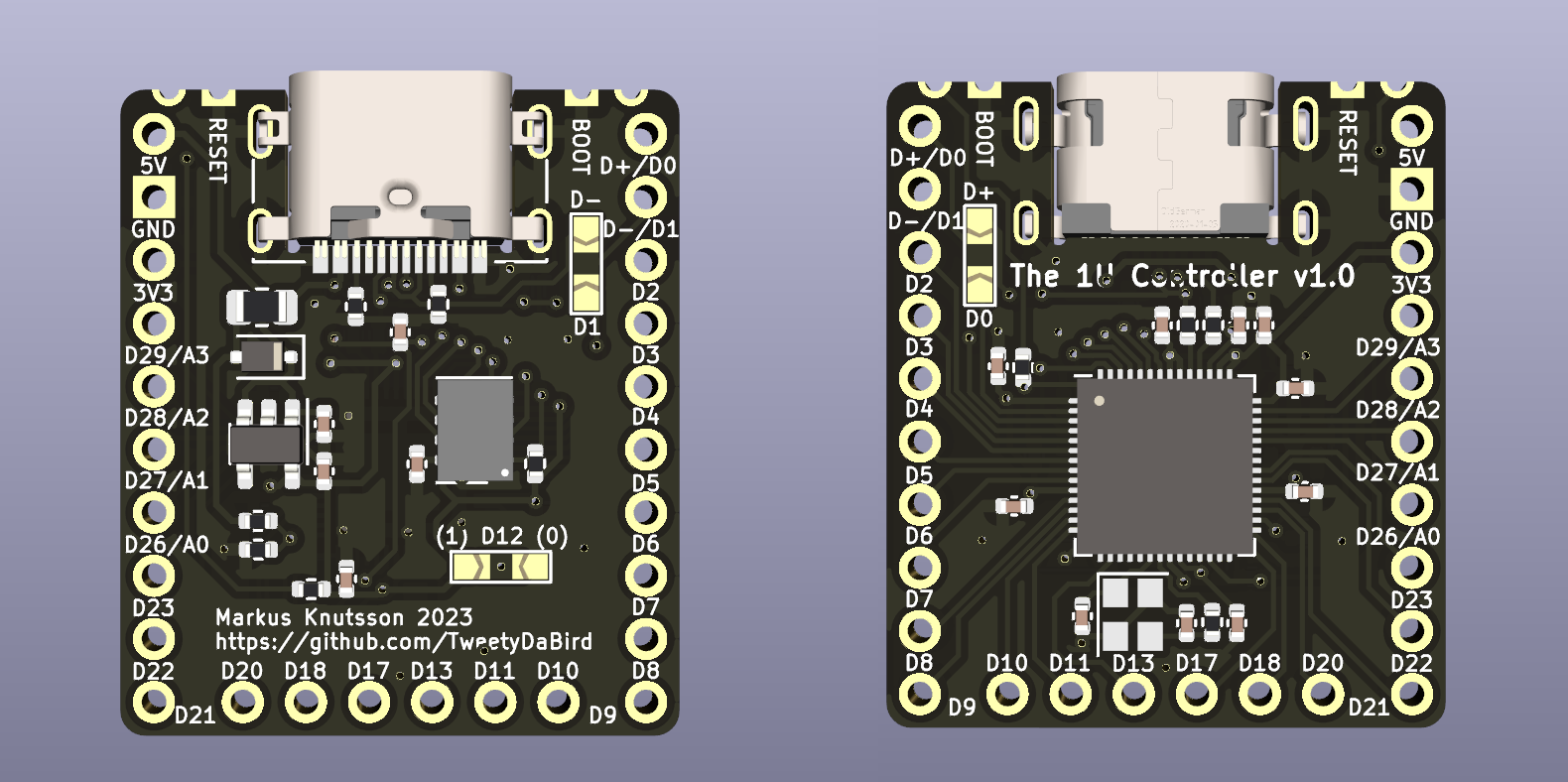Only thing to note is to check qmk docs if the screens controller is supported by default. If it is, it’s easy. If not it takes more work.
TweetyDaBird
Yes you can. But you have to address the rgbs as a true matrix which is a fair bit more work.
I just used all my budget on prototypes. Sigh.
Cool thanks!
No, this is not asshole design. If the oil port was sticking further out, it’s gets knocked off if you lay the bike down. And then you have no oil at all, and a blown up motor.
It’s by good design the oil port is recessed. Yes it’s annoying to use a funnel, but it’s the preferable option.
Well the problem with that is when you lay the bike down, the oil port gets shaved off and you lose all your oil. Don’t ask me how I know.
So yeah, it’s a PITA to use a funnel, but it’s still the preferable option.
What am I missing, how is this done?
Lemmy.world was having mayor issues today, so not surprising if something broke.
Actually, I prefer liftoff
It should, at least as long as we are talking about choc switches on an MX spacing, or a dual footprint design, as the pin headers are spaced for that. Otherwise there will probably be interference, or very, very close to it at least.
 How about this then? (No promises on signal integrity of that USB signal, we are pushing limits)
How about this then? (No promises on signal integrity of that USB signal, we are pushing limits)
Just keep in mind, that placing the controller not at an edge, will likely make the USB port interfere with the next socket, it's not really meant for that. Meaning you should probably de-solder the port then. Also, by powering through the 5V/GND pins, you negate the VBUS detection, and there simply aren't enough pins/space to break that out as well, so it's a compromise.

Try the Lotus 58. You get a bit more options over all.